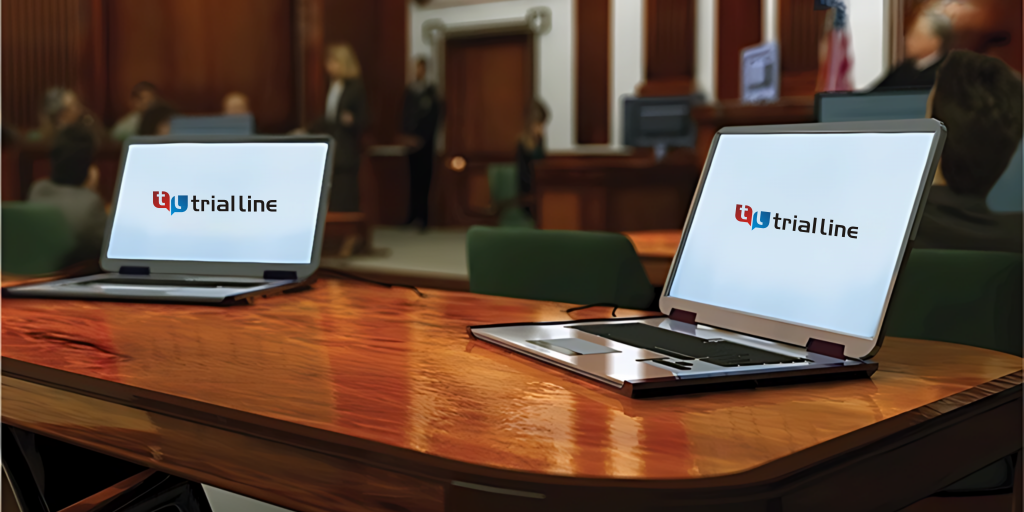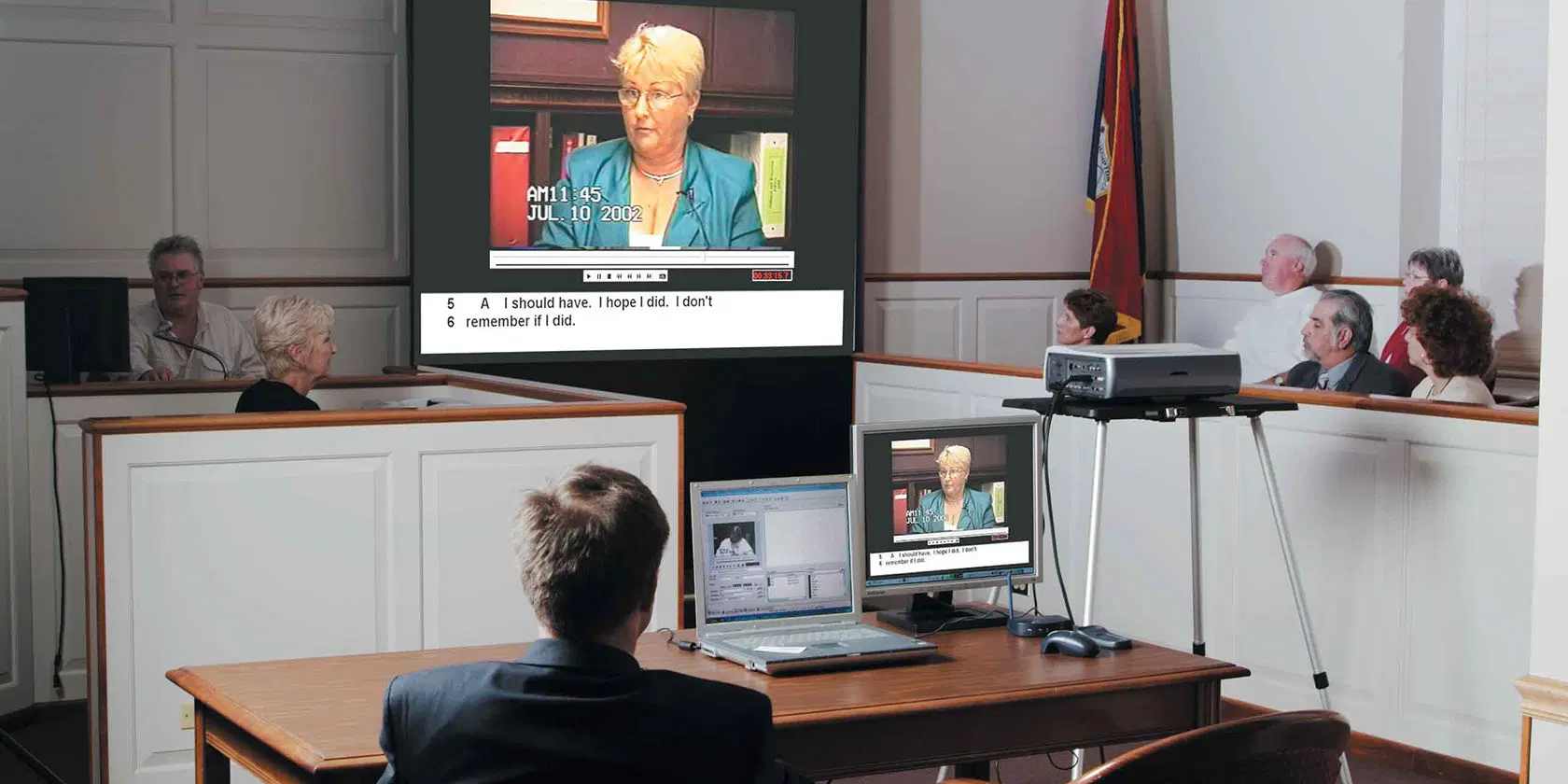How Test Presentations Enhance Your Debate and Encourage Jurors
Test discussions act as an essential system for improving legal arguments and encouraging jurors. By incorporating aesthetic aids, narrative structures, and emotional involvement, lawyers can produce a compelling case that reverberates on numerous levels. The tactical use of visuals not just clears up complicated information yet additionally catches jurors' attention more properly than words alone. Nonetheless, the art of storytelling plays an equally critical duty in transforming factual proof into an engaging story, shaping jurors' assumptions - trial presentations. Recognizing these aspects can significantly affect trial end results, raising the inquiry of exactly how each part contributes to this intricate dynamic.

Importance of Aesthetic Aids
Aesthetic aids play an essential duty in improving the effectiveness of test presentations, as they can dramatically boost audience involvement and retention of information. In the context of a test, where jurors are charged with handling complicated details, visual help serve to streamline and clear up bottom lines. Graphes, graphs, and photos can convey information and concepts that might otherwise bewilder or perplex jurors, enabling for an extra simple understanding of the proof presented.
Additionally, visual aids assist in keeping juror focus throughout the procedures. By damaging the monotony of verbal testament, these tools can punctuate essential disagreements, making them extra memorable. Efficient visual aids can likewise stimulate emotional reactions, which can be crucial in persuading jurors to line up with the speaker's story.

Crafting Compelling Stories
A compelling narrative is necessary in test presentations, as it works as the backbone of effective persuasion. It enables lawyers to weave with each other realities, proof, and emotional aspects right into a meaningful story that resonates with jurors. This narrative framework makes it possible for jurors to recognize the complexities of the case while directing them through the attorney's argument.
To craft an engaging story, lawyers should focus on clarity and coherence. This includes developing a clear lead character-- often the client-- and outlining their journey with the events in concern. Offering the realities in a sensible series boosts understanding and keeps engagement. Additionally, the use of vibrant descriptions can create mental images that help jurors visualize the events, making the narrative more memorable.
Moreover, incorporating vital styles throughout the presentation reinforces the core message and aids in retention - trial presentations. The story must not only convey details yet likewise evoke a feeling of justice, highlighting the risks included. Ultimately, a sound story promotes a connection in between the jurors and the situation, positioning the lawyer's disagreement as both trustworthy and compelling, therefore raising the probability why not look here of a beneficial judgment

Involving the Jury Psychologically
Efficient court engagement hinges on the lawyer's capacity to connect with jurors on an emotional degree. This link can significantly affect jurors' assumptions and their ultimate decision-making.
Visual aids, such as pictures or video clips, can further improve psychological involvement, providing jurors with brilliant depictions of the instance's human components. Crafting a story that highlights the battles and accomplishments of the individuals involved makes sure that jurors see past the lawful debates and identify the human consequences of their decisions.
An attorney's enthusiastic delivery can reverberate with jurors, reinforcing their emotional financial investment in the situation. It's vital to balance psychological appeals with factual evidence, guaranteeing that jurors feel compelled to act while continuing to be based in the truth.
Structuring Your Discussion

The body of the presentation should be rationally segmented right into bottom lines, each sustained by compelling proof. It is advantageous to make use of storytelling strategies to weave truths right into a narrative that jurors can conveniently comply with. Aesthetic aids, such as graphes and videos, can improve comprehension and interaction, helping to highlight important pieces of proof.
Real-World Case Research Studies
Analyzing real-world instance studies supplies invaluable understandings right into the art of trial presentations and persuasion. As an example, the landmark situation of "O.J. Simpson v. Individuals of The golden state" illustrates exactly how aesthetic help and compelling narratives can guide court perceptions. The protection group effectively employed a method that incorporated high-profile website here professional testaments with multimedia discussions, which captivated jurors and eventually influenced their choice.
One more significant instance is the "McDonald's Coffee Instance," where the complainant's lawyers used visuals pictures of the injuries endured by Stella Liebeck. trial presentations. This plain aesthetic evidence played an important function in communicating the intensity of her burns, causing a considerable court honor. Such situations demonstrate that impactful trial presentations frequently hinge on the effective assimilation browse around here of visuals and narration to stimulate emotional reactions from jurors
Furthermore, the "Casey Anthony Trial" highlighted the relevance of narrative comprehensibility and reputation. The prosecution's failing to establish a compelling timeline lessened their influential power, highlighting the requirement of a well-structured presentation. Assessing these situations exposes that successful test presentations require critical preparation, emotional involvement, and the capability to resonate with jurors' worths and ideas.
Conclusion
Test presentations substantially enhance debates and convince jurors through the critical usage of visual help, compelling stories, and emotional involvement. By simplifying complex details and fostering links with the audience, these components produce a remarkable and impactful experience. A well-structured presentation equilibriums sob stories with accurate proof, eventually reverberating with jurors' values. The assimilation of these methods not just influences decision-making yet also emphasizes the significance of reliable communication in the court.